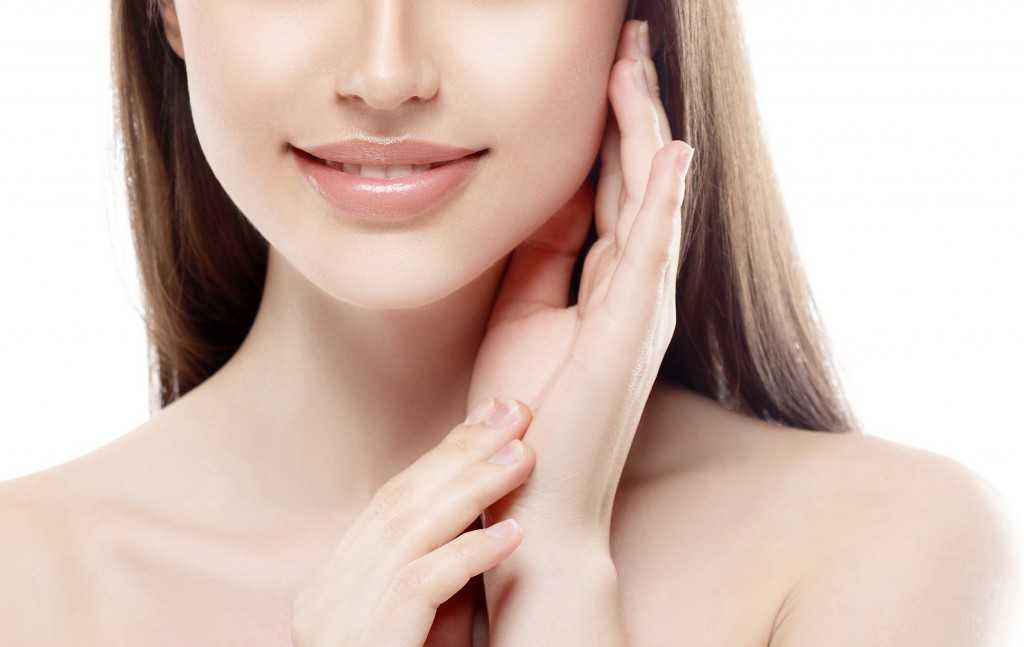Skin cancer is an ever-present risk for as long as the sun is up, which is why we shouldn’t take skin cancer preventive measures lightly. As such, it’s essential to follow these tips to protect your skin from the sun’s harmful UV rays:
Vitamin D and Sun Scheduling
Vitamin D is an essential vitamin which helps in the absorption of calcium and prevents osteoporosis and muscle weakness; unfortunately, 1 out of 5 people in the UK suffer from vitamin D deficiency despite it being easily acquired through sunlight exposure. The science between Vitamin D and sunlight is that the skin synthesizes the said vitamin from exposure to ultraviolet B rays. However, too much exposure can lead to increased risk in skin damage and skin cancer; you’ll want to avoid prolonged exposure to sunlight, especially between 10 AM to 4 PM when the sun is strongest. If you can’t avoid sun exposure due to your job, say, as a construction or field worker, then make sure you wear protective clothing and sunscreen.
Mind the Sun Exposure When Travelling
Many people who own cars or regularly commute don’t feel the need to put on sunscreen or protective clothing when they’re in their vehicles. However, the sun’s UV rays can still permeate through the vehicle’s windows and continue to accumulate UV ray exposure, increasing the risk of skin cancer and damage. That said, it’s best to bring a scarf or sunscreen (SPF 15 or higher) when traveling as those hours stuck in traffic or driving during your long road trip to protect yourself.
Be Wary of Snow, Water, and Sand
It might not be that obvious, but water, snow, and sand can reflect the damaging UV rays from sunlight, which can cause sunburn and also increase the risk of skin cancer. When seeking the shade from the sun, you should be mindful of reflective surfaces and objects as well as even indirect sun exposure can still harm you.
Sunglasses Are Always In Fashion
If you have to be out in the sun, make sure that you protect your eyes against harmful UV rays by wearing sunglasses. UVA and UVB-blocking sunglasses can reduce the risk of cataracts by shielding the skin around your eyes from skin damage and skin cancer, and also allows you to see comfortably despite the glaring sunlight. If you’re wearing corrective lenses, get transition or light-adaptive lenses that darken when exposed to sunlight — making it easy to avoid glare, eye strain, and also reduce the risk of skin damage and cancer around the eyes.
Skip the Tanning Beds

Many tanning salons claim that the use of their tanning beds or sunbeds are safe as long as they’re used in moderation. However, studies have shown that the use of tanning beds among teenagers and young adults increases the risk of melanoma (a type of cancer) by 75%. However, if you want to look tan, it’s best to consider using self-tanning products such as tanning facial serums and body tanning mousses as a safer alternative, just make sure that you continue to use sunscreen.
Conclusion
These are among the many other ways to prevent skin cancer, but they all boil down to one thing: minimizing exposure to the sun’s UV rays. So, always be prepared, bring sunscreen or protective apparel, and constantly be mindful of your exposure to sunlight.

